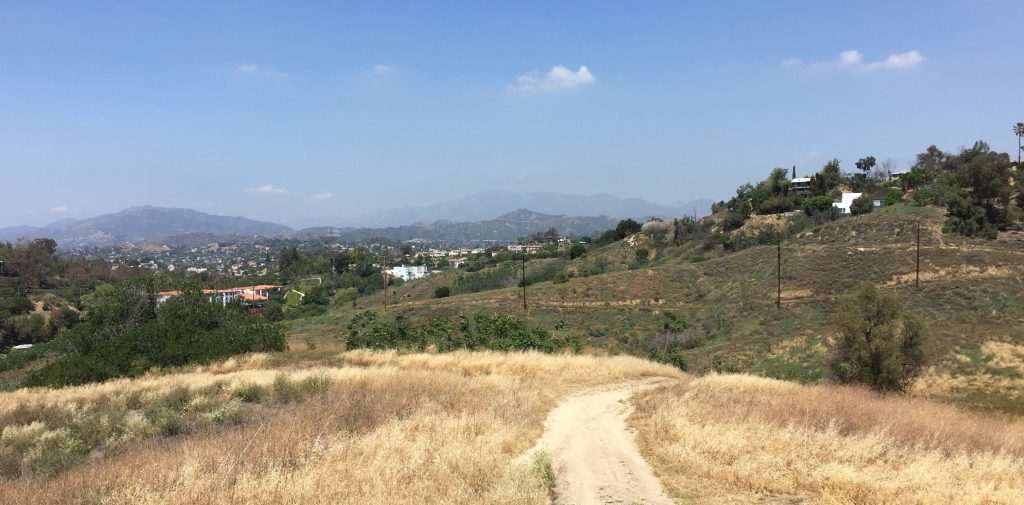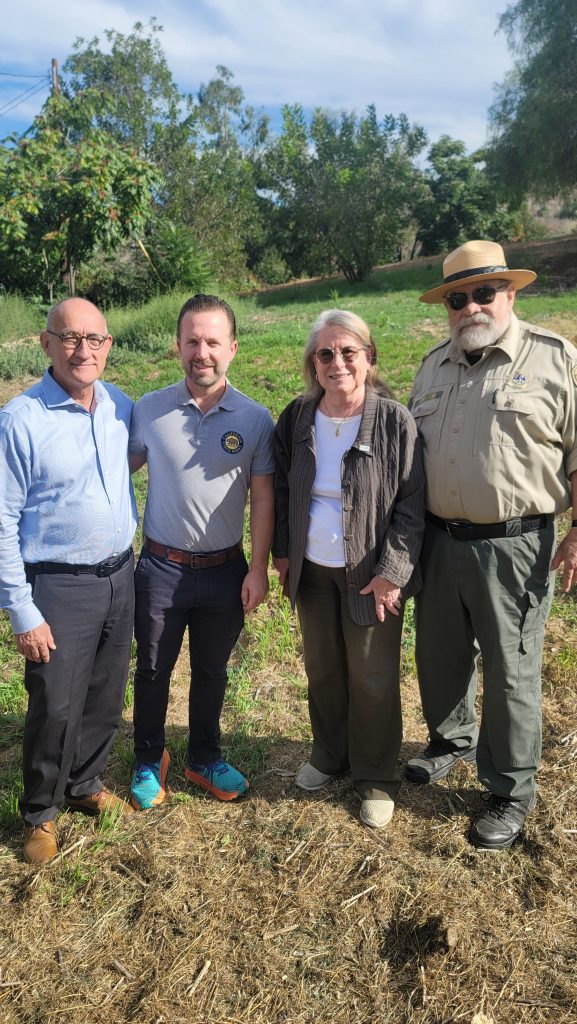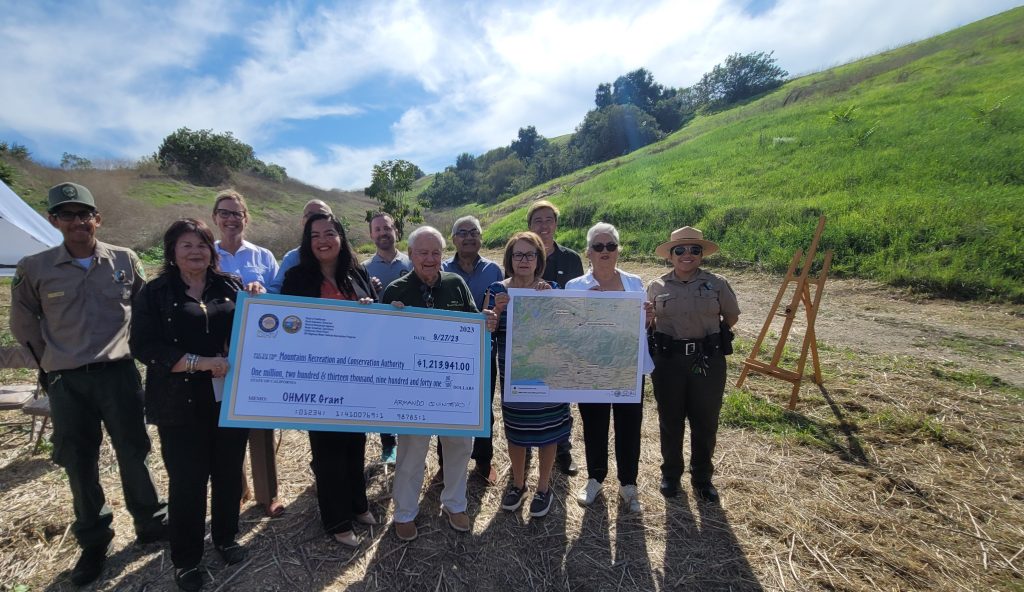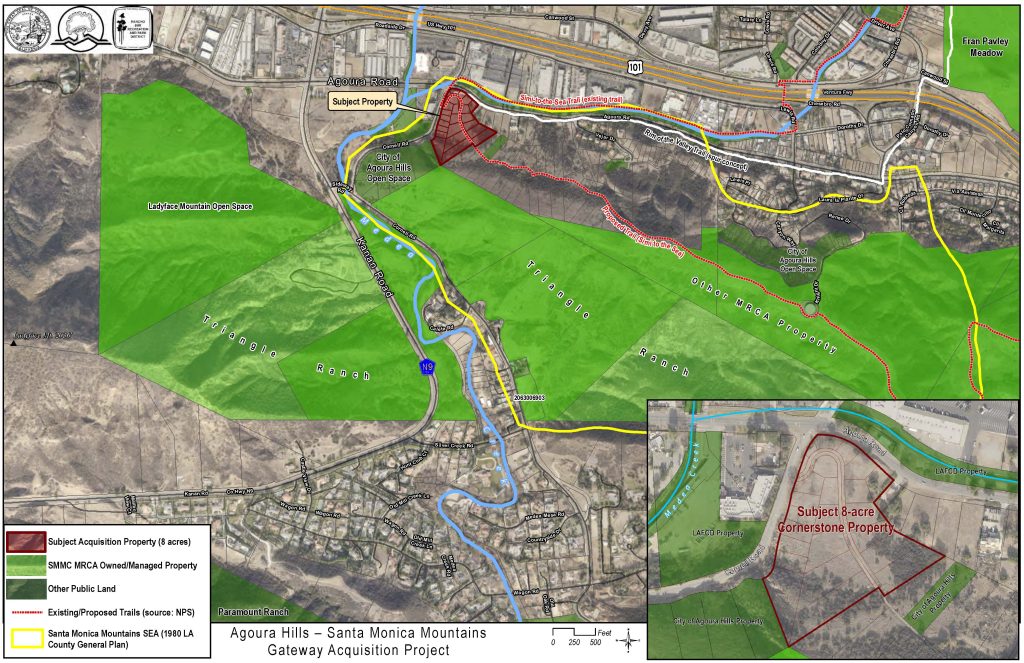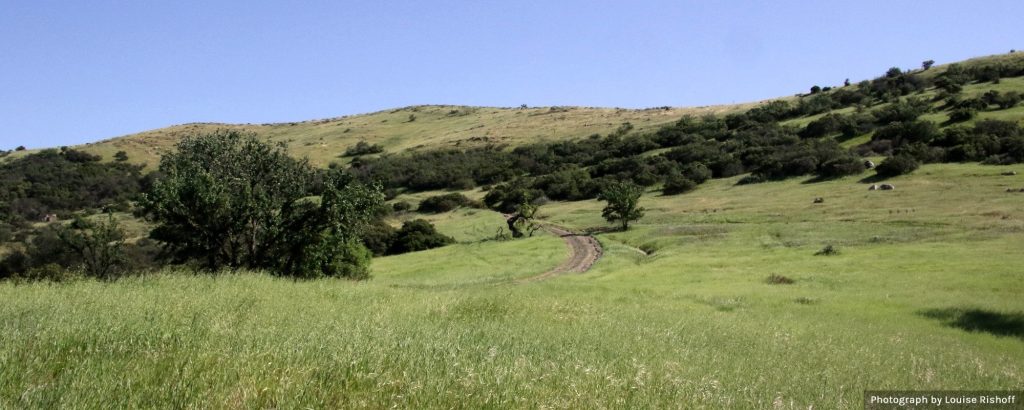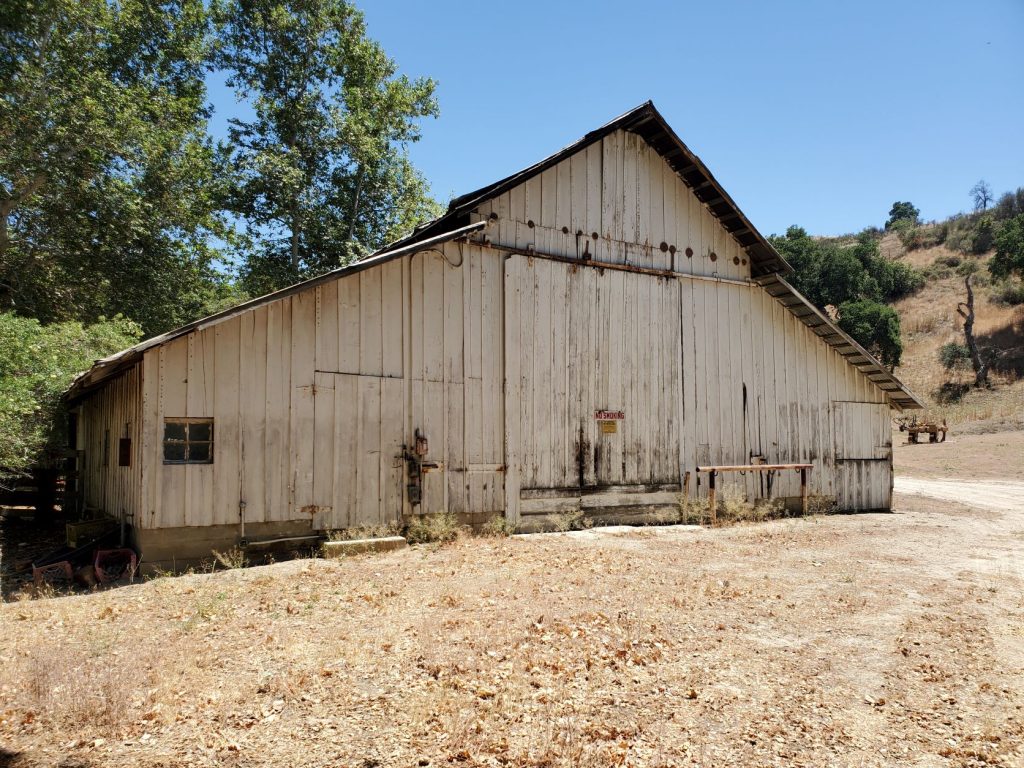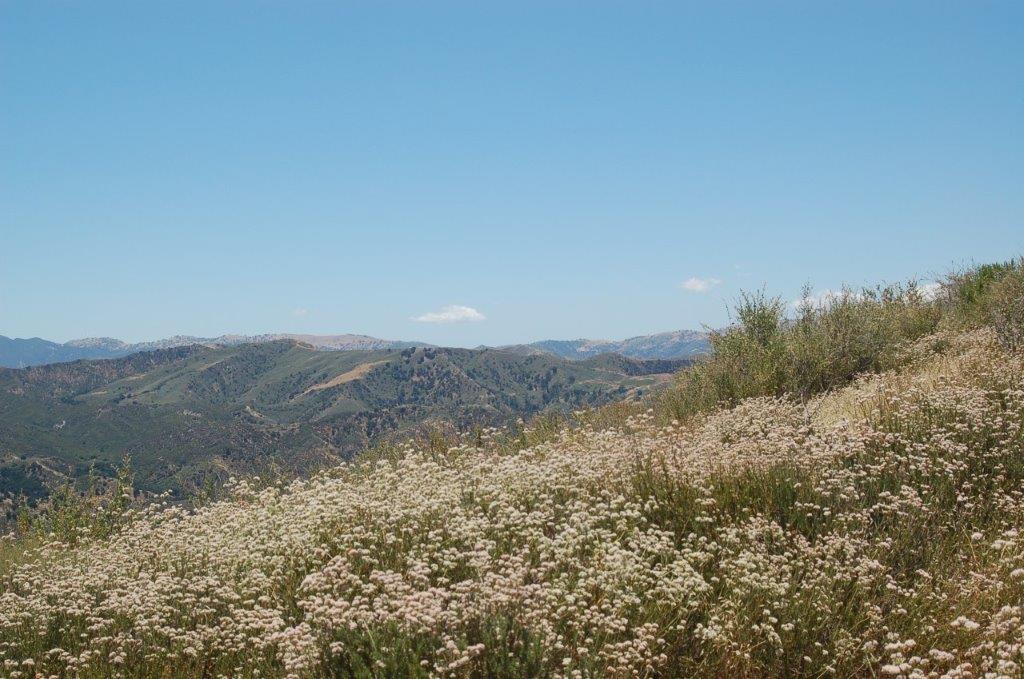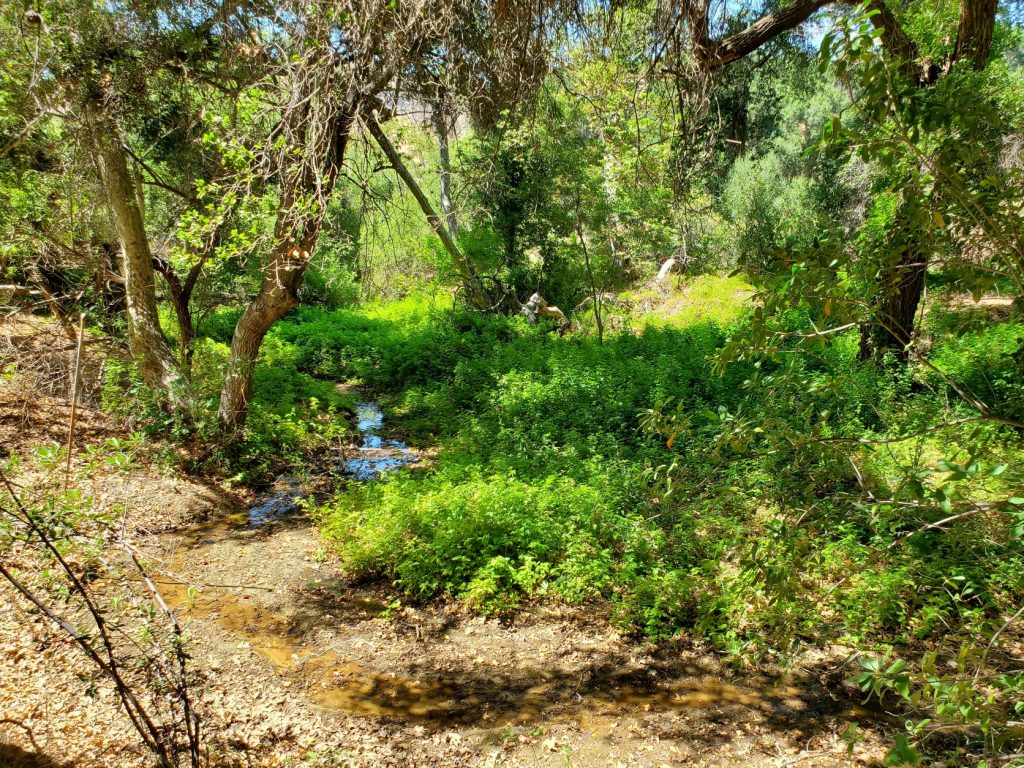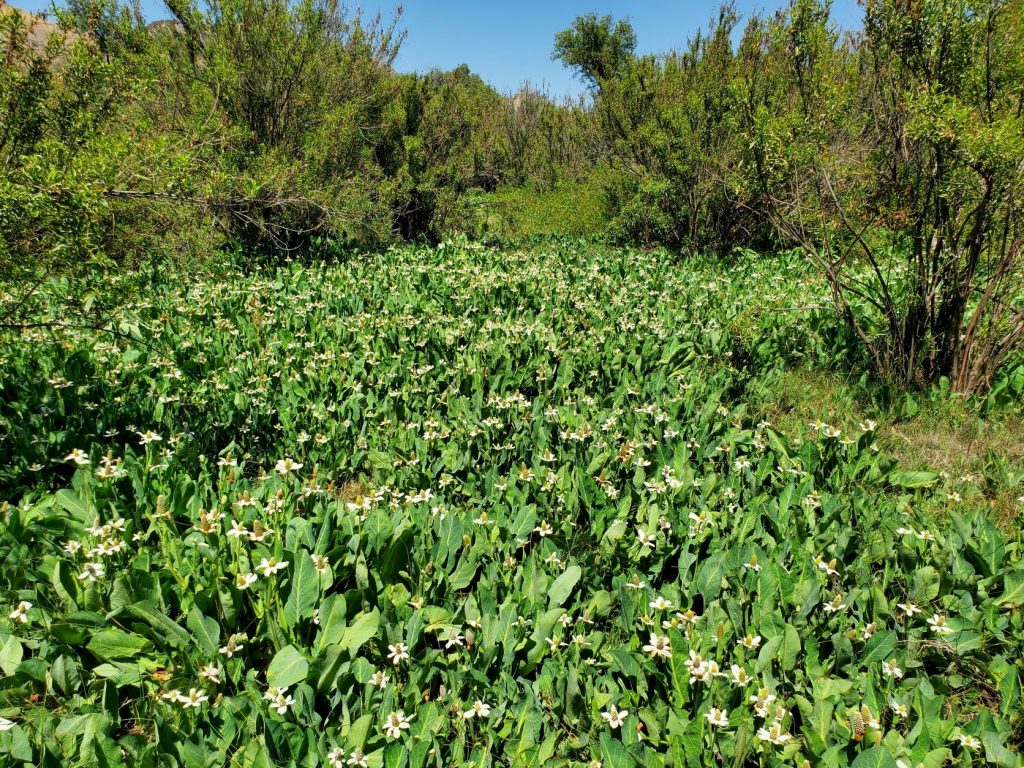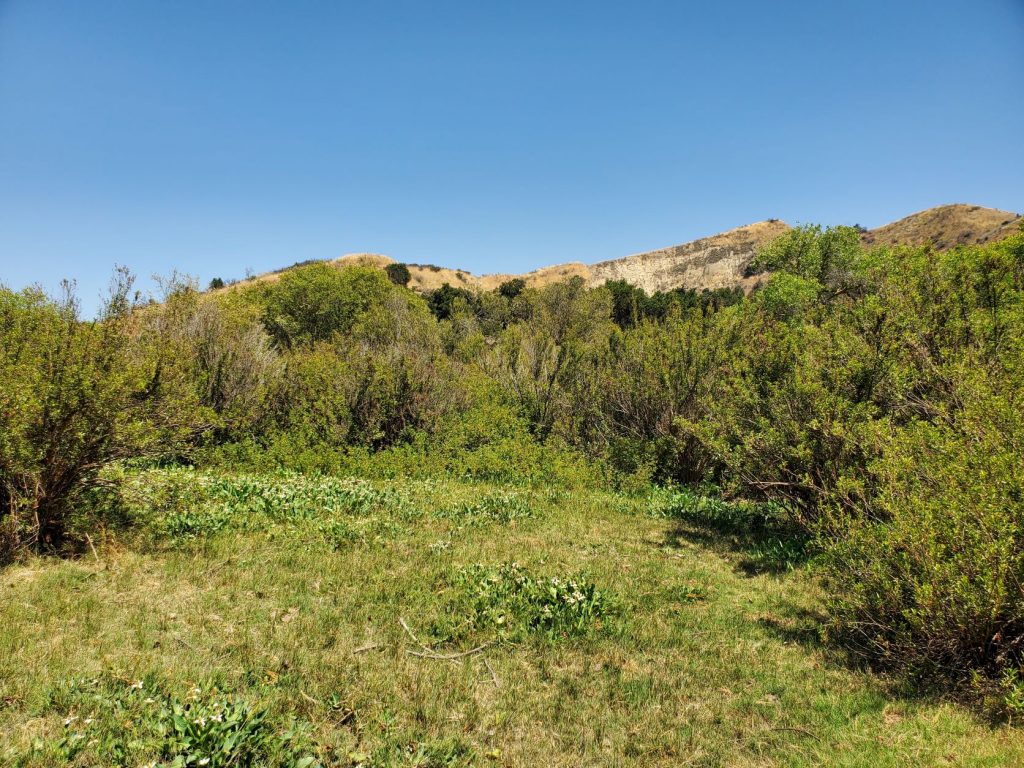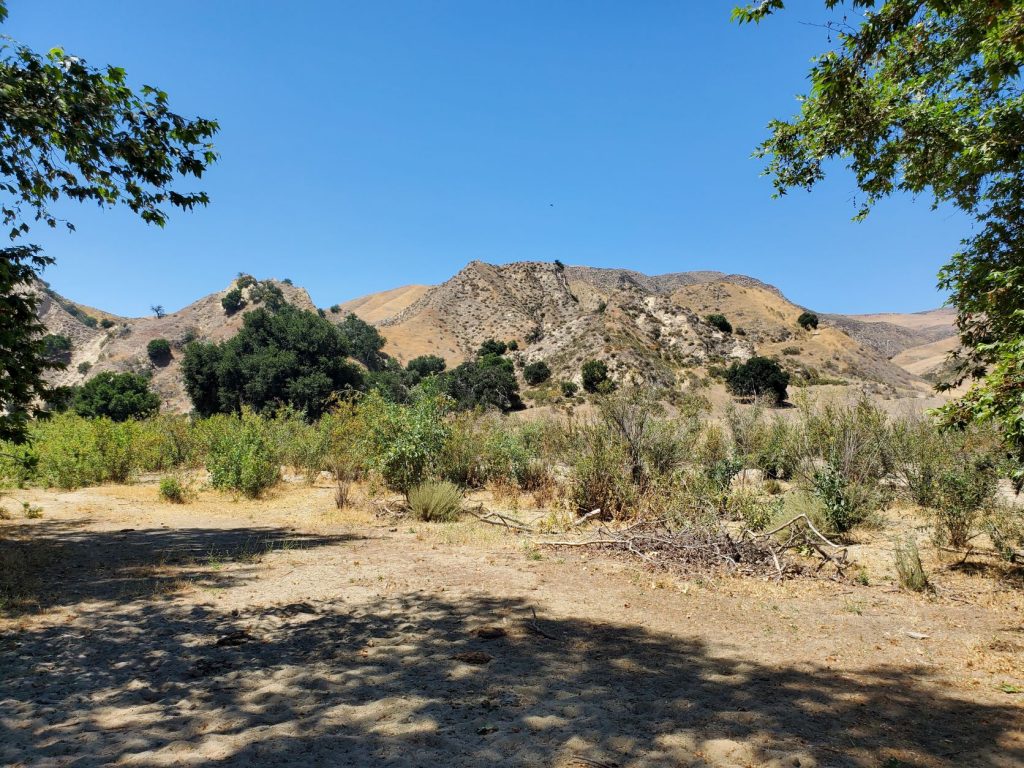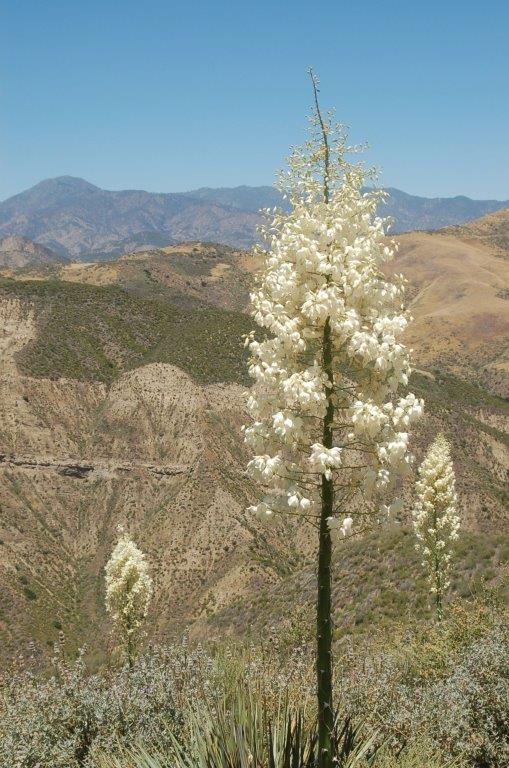Los Angeles River Recreation Zones Open for Tenth Season
The public is welcome to kayak, walk, and fish on two sections of the river managed by the Mountains Recreation and Conservation Authority in Elysian Valley and at the Sepulveda Basin in Encino through September 30, 2023.
LOS ANGELES (May 29, 2023) — The Mountains Recreation and Conservation Authority (MRCA) announced today that the Los Angeles River Recreation Zones in Elysian Valley and the Sepulveda Basin are open for their tenth season starting on Memorial Day May 29, 2023.
The L.A. River Recreation Zones provide access to recreate on and explore the Los Angeles River in two different parts of the river that are still in a natural state with activities including steerable boating such as kayaking and canoeing, fishing and bird watching. The River Recreation Zones are managed by the MRCA in coordination with the City of Los Angeles, the Army Corps of Engineers, and the County of Los Angeles. Before the season began, the MRCA commissioned a nesting bird and sensitive species survey to ensure there would be no conflict between the recreational use of the river and the abundant bird life in the recreation zones.
By opening the Elysian Valley and Sepulveda Basin recreation zones, the City of Los Angeles continues to promote the L.A. River as a premier community destination – providing safe and equitable public access and recreational opportunities that aims to bring all members of the Los Angeles community together.
“The L.A. River connects so many different parts of the City to nature, we at LASAN will continue to do our part to keep the River clean and healthy for all Angelenos in years to come,” said L.A. Sanitation and Environment (LASAN) Director and General Manager Barbara Romero.
As a reminder, swimming is not allowed in the L.A. River. Before every visit, visitors are encouraged to check the L.A. River water quality and conditions at the LASAN website: https://lacitysan.org/waterquality.
Hours are sunrise to sunset every day, except during and after inclement weather or other adverse conditions. The Recreation Zones will be open through September 30, 2023. For the most up to date information go to the River Recreation Zone website www.lariverrecreation.org.
The Sepulveda Basin Recreation Zone is a gentle, two-mile up-river and back trip with braided channels, wildlife, and tranquil pools. Of the two Recreation Zones, the Sepulveda Basin offers easy paddling, and less natural obstacles. Kayakers in the Sepulveda Basin will be able to access the Los Angeles River from Burbank Boulevard west of Woodley Avenue. There is plenty of street parking on Woodley Avenue.
The Elysian Valley kayak experience is a five-mile, one-way trip with braided channels and abundant wildlife in the middle of the city. The kayak experience sometimes includes strong currents and a few rapids – you may fall out of your kayak while traveling through them. Boulders and other obstacles are also part of the experience. Be aware that you will likely be getting off your kayak and pulling it through the water to get around rocks in areas.
To access the Elysian Valley Recreation Zone, Kayakers can enter the Los Angeles River from MRCA Rattlesnake Park at Fletcher Drive. Parking is available on Fletcher Drive. Access is also available upstream from MRCA Lewis MacAdams Riverfront Park (formerly Marsh Park) with parking lot entrances are at 2999 Rosanna St. and 2944 Gleneden Street. Public Restrooms are available.
“We are looking forward to operating the tenth season of the LA River Recreation Zone,” said MRCA Chief Ranger, Fernando Gomez. “Please remember to take appropriate safety precautions when going out on the river. You must wear a personal flotation device and a helmet. Also, use sunscreen and drink plenty of water. You will be in the sun.”
About Mountains Recreation and Conservation Authority
The Mountains Recreation and Conservation Authority is a local public park agency dedicated to the preservation and management of open space, urban parkland, watershed lands, trails, and wildlife habitat. The MRCA manages more than 80,000 acres of public parkland and provides natural resources and scientific expertise, critical regional planning services, operations, fire prevention and ranger services, as well as education and leadership programs for thousands of youth each year. It is one of the lead agencies revitalizing the Los Angeles River.
About LA Sanitation and Environment
As the lead agency for the City’s environmental programs and initiatives, Sanitation protects public health and the environment through the administration and management of three program areas: Clean Water (Wastewater), Solid Resources (Solid Waste Management) and Watershed Protection (Stormwater). These infrastructure programs collect, treat, dispose and recycle the solid and liquid waste generated by the nation’s second largest city of more than four million residents. Through these essential Public Works programs, Sanitation delivers a triple bottom line of economic, environmental and social benefits that sustain quality of life in Los Angeles.
About L.A. City Department of Public Works
The Department of Public Works is comprised of five bureaus: Contract Administration, Engineering, Sanitation, Street Lighting, and Street Services, as well as the Offices of the Board, including the Offices of Community Beautification, Filming and Petroleum Administration. More than 6,000 employees are responsible for design, construction, renovation and operation of public projects ranging from bridges to wastewater treatment plants and libraries; curbside collection and graffiti removal; and maintenance of streets, sidewalks, sewers, streetlights and street trees.
The Department is governed by the Board of Public Works (BPW), a five-member full-time executive team that is committed to delivering projects and programs that enhance quality of life, economic growth, public health and the environment to all Angelenos. For more information, please visit http://bpw.lacity.org.


